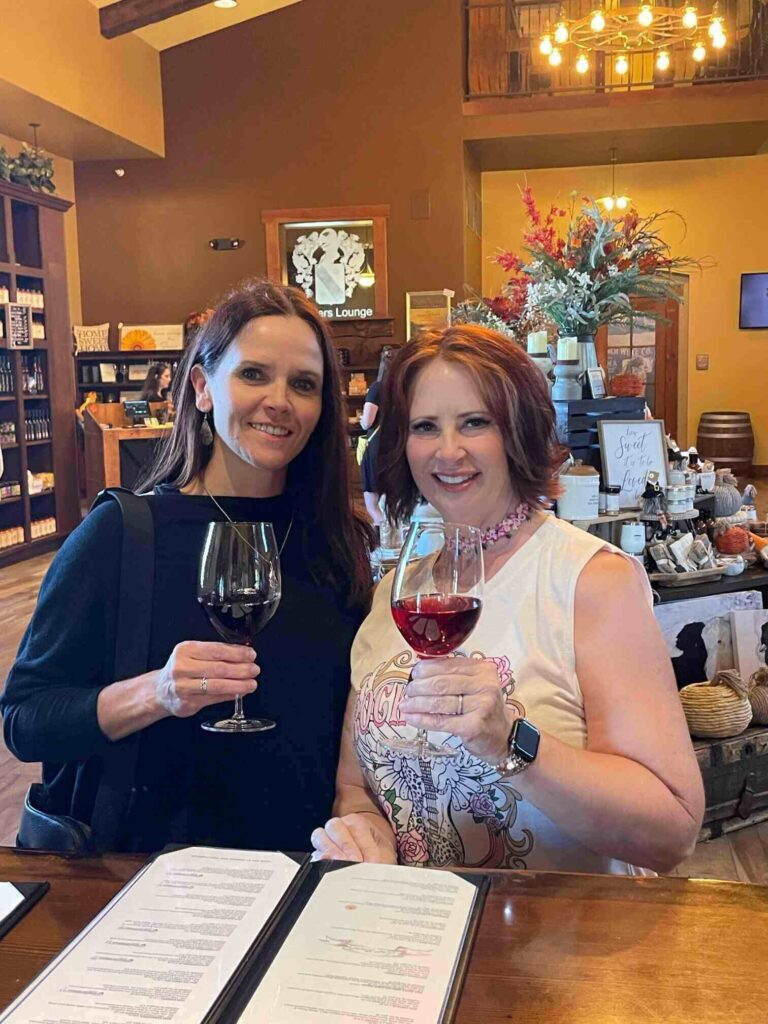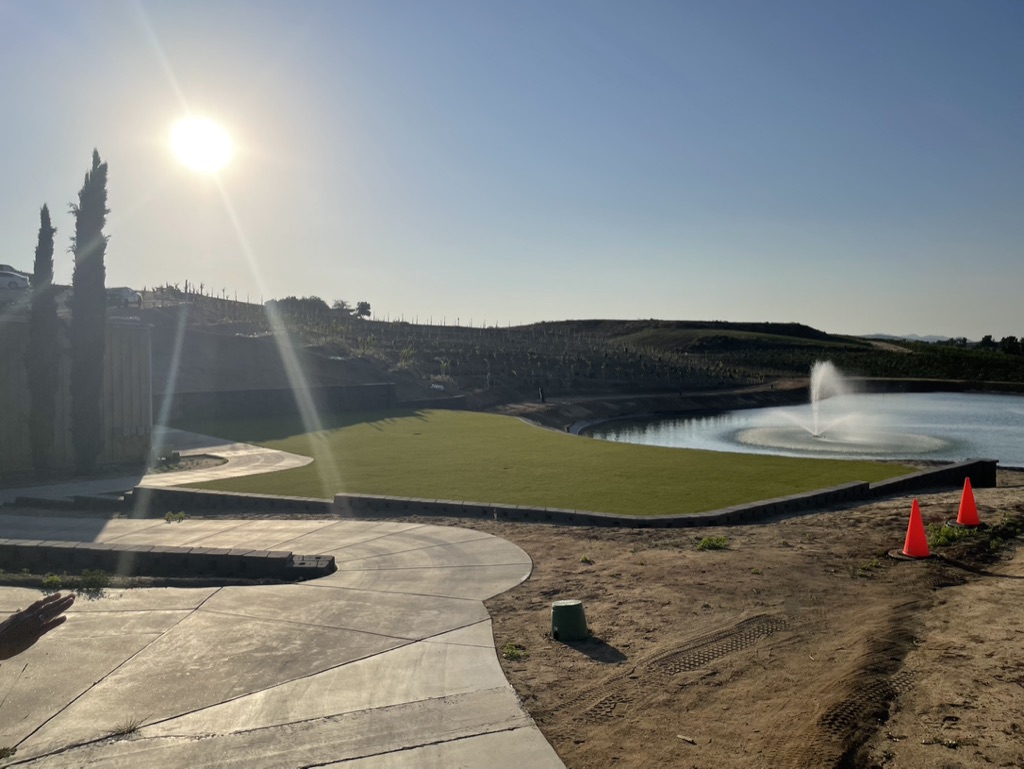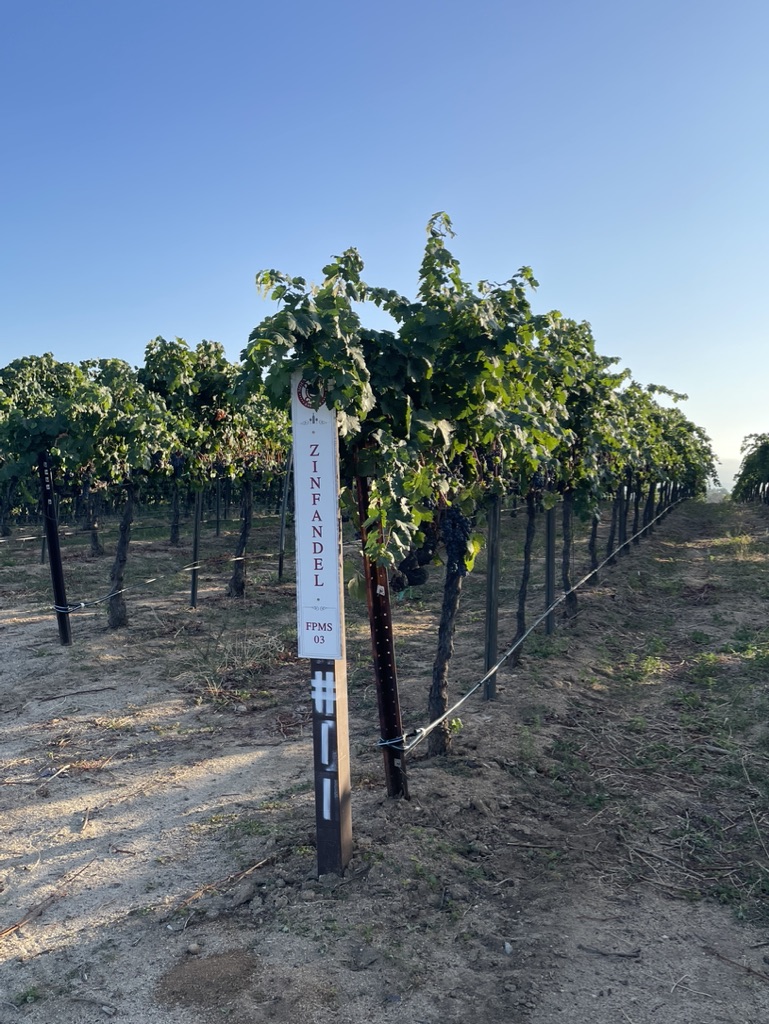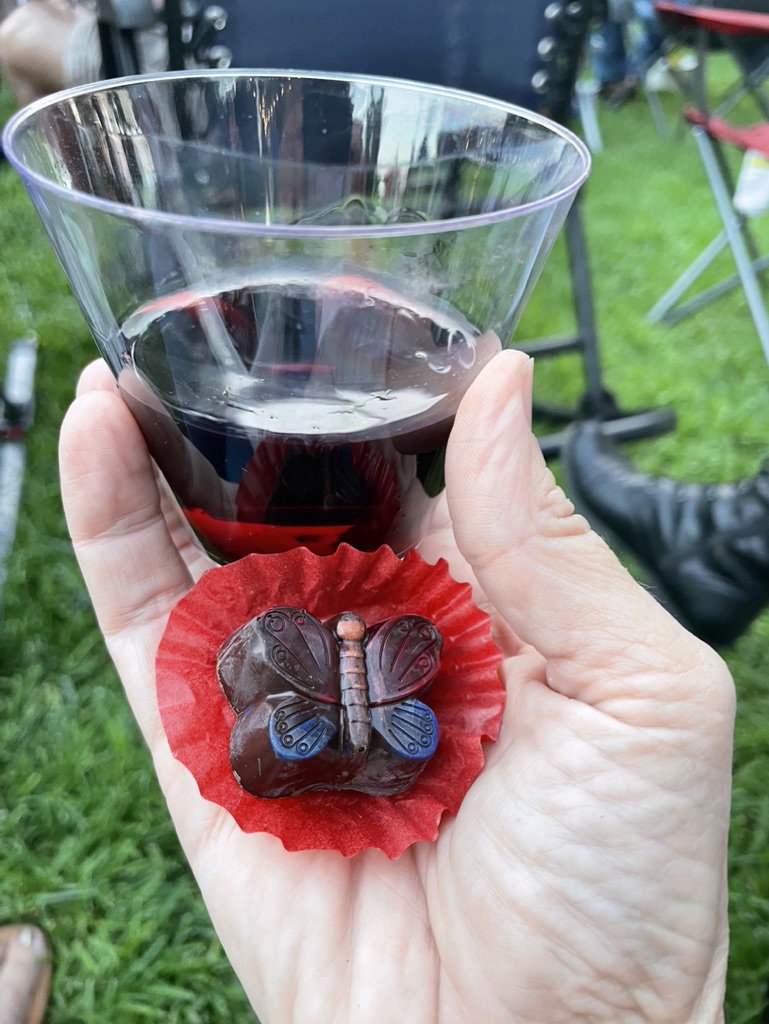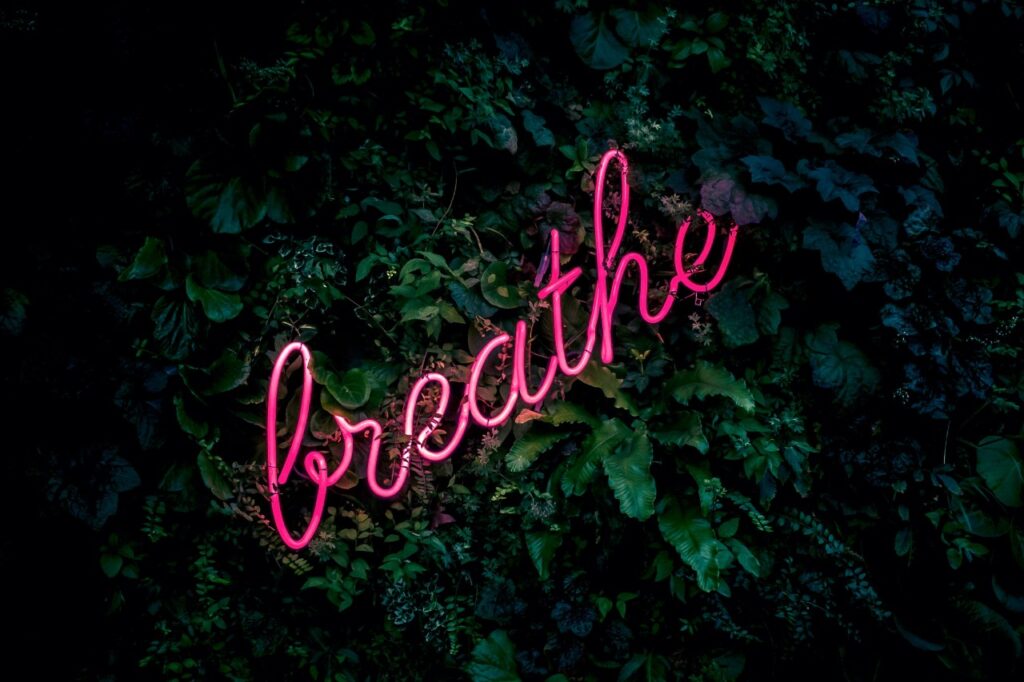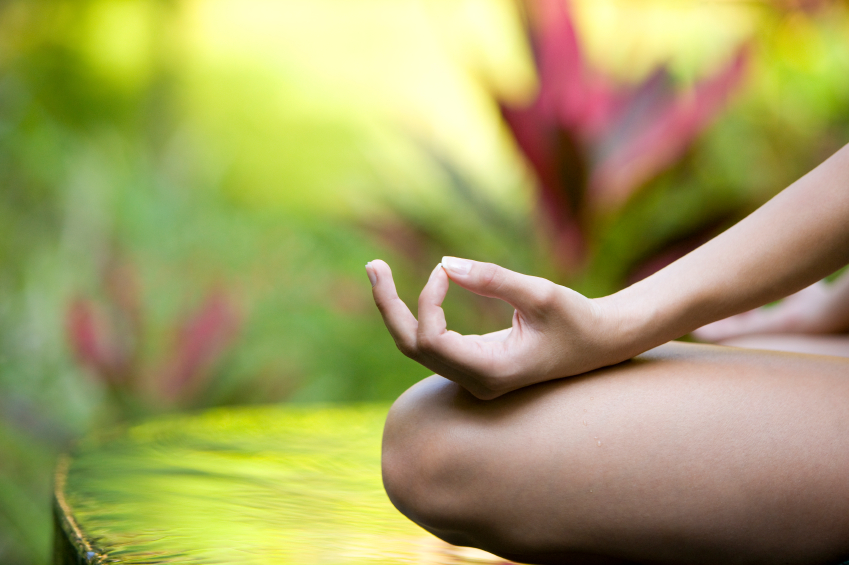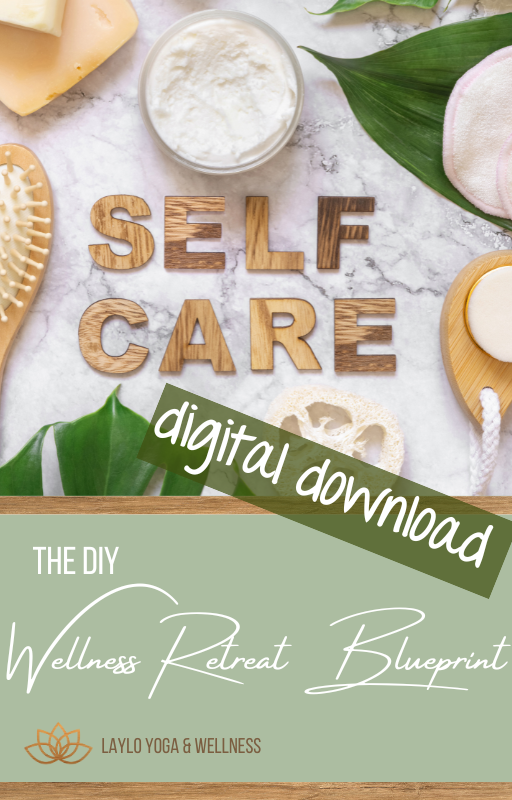AKA HOW DID I GET HERE?
I never imagined my life journey would bring me here!
Of all the things I dreamed of being as a kid, being a yoga retreat specialist never entered my mind.
In fact, having a real “career” never entered my mind beyond a daydream fantasy. You see, I grew up in a very religious family, one that truly believed that the world would end at any moment.
Anyyyyy minute now.
So the idea of going to college, of investing in your future in any real way, was really not allowed. I wanted to go college. I had the grades to go. But going would mean my family and my community would turn their backs on me and I would have to seriously rethink what I was continuously told was the “truth”.
So I had to come up with another way that I could earn a living, preferably something that would always be useful, even post-Armageddon. And just to make the journey more eventful, I was the type of person that wanted to actually enjoy my job and feel like I was doing something useful.
The thing that kept coming back to me as a teenager, was how great I felt when I was having a good hair day. I felt more confident, more like me, and I just felt good being in my own skin. That’s actually quite a feat for a teenager!
And so I became…a hairdresser
I mean, the training was relatively quick, and even post-apocalyptic people would want nice hair, right? It seemed perfect. It was the 80’s to boot, a glorious hair decade!
And for a while it was great. The thing is, no matter how amazing a cut I gave, how tight the perm, or even how accomplished my clients were at styling their hair at home, it didn’t last. Hair grows out. That “feeling great in your own skin” feeling was temporary at best.
The impermanence of what I was trying to accomplish in my chosen profession really got to me. Well, that and the laws that allowed smoking indoors. I somehow always had the chain smoker client that wanted a perm, cut, nails, facial – the works – so I was sitting in that toxic haze of smoke, chemicals, and humid air all day. Every day.
Additionally, the best time for clients was nights and weekends. As a newly married 19-year old, (yup, you read that right -19) I would have preferred to spend that time at home with my husband (at least at first. More on that in part 2).
I eventually grew to feel that this was no longer the right job for me. I loved it – but I wanted more. I wanted to help people on a deeper level.
It was time to take my journey in a new direction
But to what? My (now ex) husband wanted me to apply to work at a grocery store or be retail clerk. He didn’t like the idea of me actually enjoying what I did or understand my desire to do something that felt like I was impacting people on a personal level. He just wanted me to make money. I felt pretty stuck.
Stay tuned for part 2 to hear about the next part of my journey.

P.S. Let’s be besties!! Follow us on Instagram, Facebook, and Pinterest, and join the LAYLO Shala to get the latest news and insider goodies 😍






